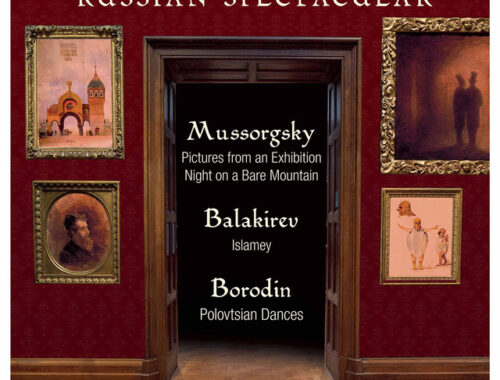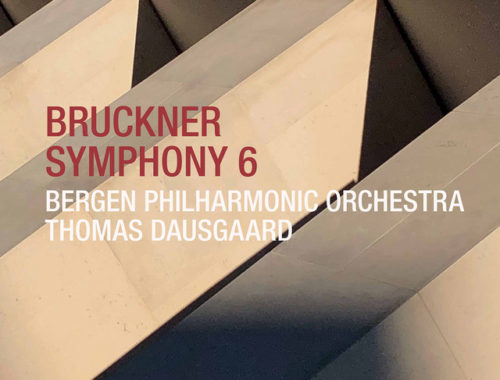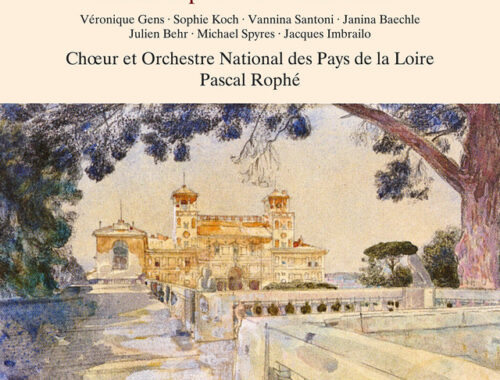Prom 4: Brian “Gothic Symphony”, Royal Albert Hall
Two entire blocks of stalls and at least a third of the arena had been commandeered by the children’s choruses and four brass bands, each with its own timpanist; the combined BBC National Orchestra of Wales and BBC Concert Orchestras sported 15 percussion players between them and the phalanx of choruses including the LSO, Brighton, Huddersfield, and Bach Choir rose either side of the organ like something out of Gormenghast. What kind of future did Havergal Brian envisage for his First Symphony “The Gothic”? Was it something of a self-fulfilling prophecy to say that the priority for him was to get his works written, not performed?
But, like Obama, the Proms said “Yes, we can” and we all gathered (those of us that could get in) to say that we had been there in the year 2011 when this monster choral symphony received only its fourth professional performance in nearly a century of existence. The conductor Martyn Brabbins looked very small indeed – but his will was mighty. It needed to be. So how did the work stack up (an apposite phrase) in performance? Well, there is logic and coherence in the three purely orchestral movements, the first of them a grim juxtaposition of brutality and vain hope as a solo violin profers songful release from the killing fields. Vaughan Williams seems to lurk in the shadows of the second movement’s processional and there is a bizarre parallel to be made between the madly skeletal xylophone cadenza and the rampant timpani in the scherzo of Beethoven’s 9th.
But then comes the finale – a humungous setting of the Te Deum hanging like a gigantic question mark over Beethoven’s “Ode to Joy” or Mahler 8’s Faustian redemption and over the course of a whole hour this chaotic “big bang” (I’m running out of size analogies) lurches incoherently from one auditory vision to the next. There are beautiful moments of quasi-plainchant a capella, one involving the soprano (Susan Gritton) “on high” like Mahler’s Mater Gloriosa, equally there are welters of brass-buttressed polyphony so dense that they are like hallucinations for the ears. It’s an incomprehensible, albeit sporadically thrilling, mess, gesture piled upon gesture with multiple football rattles at a couple of points suggesting war as sport for hooligans.
The performance did what was humanly possible against almost inhuman odds. Perhaps it was clearer in Brian’s imagination. But we’ve been there, done that, end of. And the soft choral “Non confundar” at the close was momentarily, movingly, succinct and final.
You May Also Like

GRAMOPHONE Review: Russian Spectacular (Balakirev, Borodin & Mussorgsky) – Singapore Symphony Chorus & Orchestra/Shui
27/07/2021
GRAMOPHONE Review: Bruckner Symphony No. 6 – Bergen Philharmonic Orchestra/Dausgaard
22/04/2020